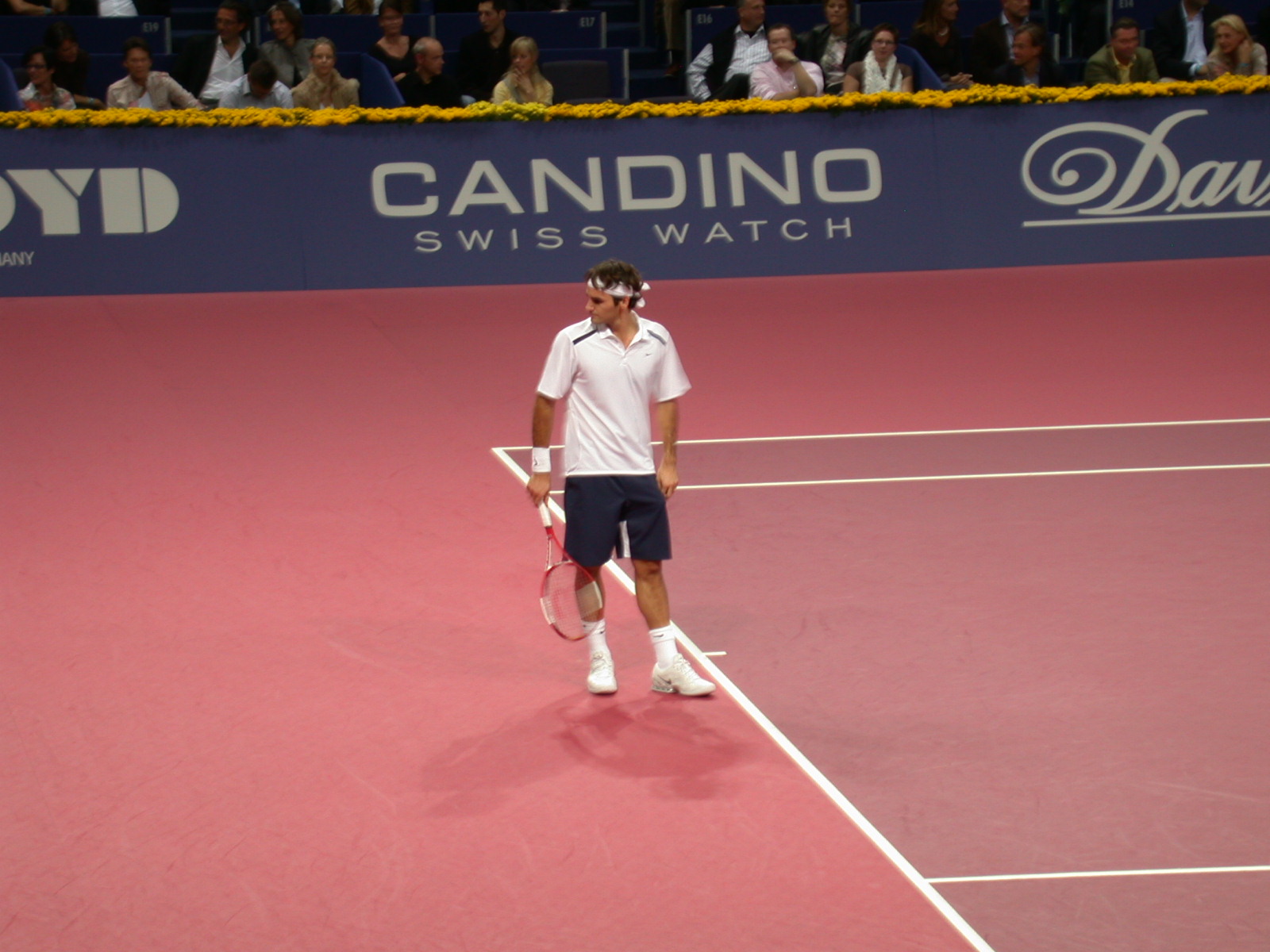

The legendary John Mcenroe had won 155 ATP titles in his career. 43 of those titles came on carpet court tournaments. He also holds the best winning percentage in Open Era on carpet court tournaments. No one will now be able to surpass Mcenroe’s record. The reason is, carpet court tournaments are no longer recognized by the ATP. So why were they scrapped off?
According to the International Tennis Federation, a textile surface of woven or non-woven nylon, or a polymeric or rubber material, typically supplied in rolls or sheets and as a removable surface is a carpet court.
Carpet courts are regarded as the fastest courts after grass. An artificial turf made up of synthetic fibres (Supreme or Taraflex) is infilled with sand which leads to the fabrication of a carpet court. At times the content of sand is minimal to nil. Depending on the proportion of the contents, clay courts are made from medium-fast to fast.
Carpet courts were made on both outdoor and indoor courts. Earlier, prominent tournaments like WCT Finals, Kremlin Cup, Zagreb Indoors, U.S. Pro Indoors, Paris Masters and some others were played on carpet.

In 2009, the ATP and WTA decided to scrape off all carpet court tournaments. They had two reasons for this. Firstly, they wanted to standardize all the tournaments to hard courts. Secondly, due to the extremely fast paced tennis that it produced, players were more susceptible to injuries on carpet courts.
Professional players had conflicting views regarding this decision. Some argued that the courts added variety to the sport while some were in favour of the decision. But, irrespective of the views, carpet courts were eventually banned.
Among the active players, Roger Federer had reached 6 carpet court tournament finals, winning two of them. Whereas Andy Murray has won the only carpet court tournament final that he reached at St. Petersburg in 2007.




